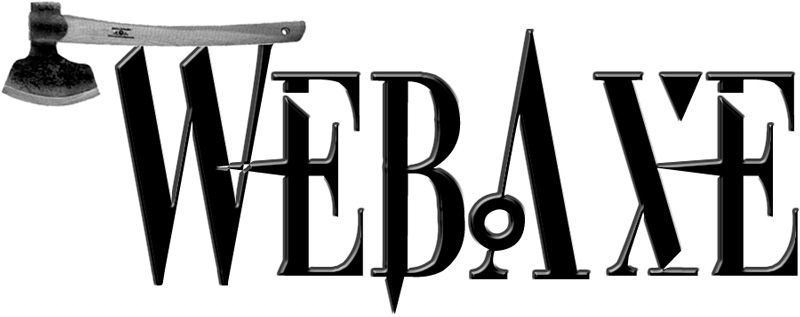[A guest post by Jennison Asuncion (@Jennison), co-founder of GAAD]
On May 9, people from around the world took part in public events, hands-on experiences, and other activities to mark the first Global Accessibility Awareness Day (GAAD). Conceived by Joe Devon, the idea started because Joe, as a developer, and not someone who knew much about accessibility to begin with himself, blogged passionately last November that all devs need to possess basic awareness of and do their part in making the web accessible. He further declared that there needs to be a day to bring focus, and suggested May 9 as a good a day as any.
As someone who is constantly thinking about and actively pursuing ways to make digital accessibility, “accessible”, to the mainstream IT and related communities myself, you cannot imagine my excitement when I stumbled upon, purely by accident via Twitter, Joe’s blog post, on that random Saturday night when it went live. After reading it, I was immediately in touch with Joe, raising my hand to be his co-pilot for the effort. The rest is now history, and a pretty good testimonial of the power of social media in its own right.
What inspired me most, outside of Joe’s genuine interest and enthusiasm, was how willing people were, in stepping forward to either run an event and/or promote GAAD, without much time at all to spare. Thank you everyone. The truth is that Joe and I share a common trait, equally hectic schedules between our day jobs and our other involvements, which meant GAAD crept up on both of us. Thankfully, leaning on our generous networks, social media, and word of mouth, everyone who took part, in what ever way, has much to be proud of. Now that the date is set, and the event is out there, GAAD 2013 and beyond can only keep growing. Check out Joe’s post-event recap to see where he plans bringing his energies next.
Involvement with GAAD has only reinforced my belief that we, working in digital accessibility, only benefit when we engage with and support members of the mainstream design, development, and related communities in raising the profile of and addressing digital accessibility.
Get involved- express interest in holding an event for GAAD 2013. Volunteer to translate some of our text into other languages.
Editor’s Note
There were many blogs and press articles written about GAAD. Here are some:
